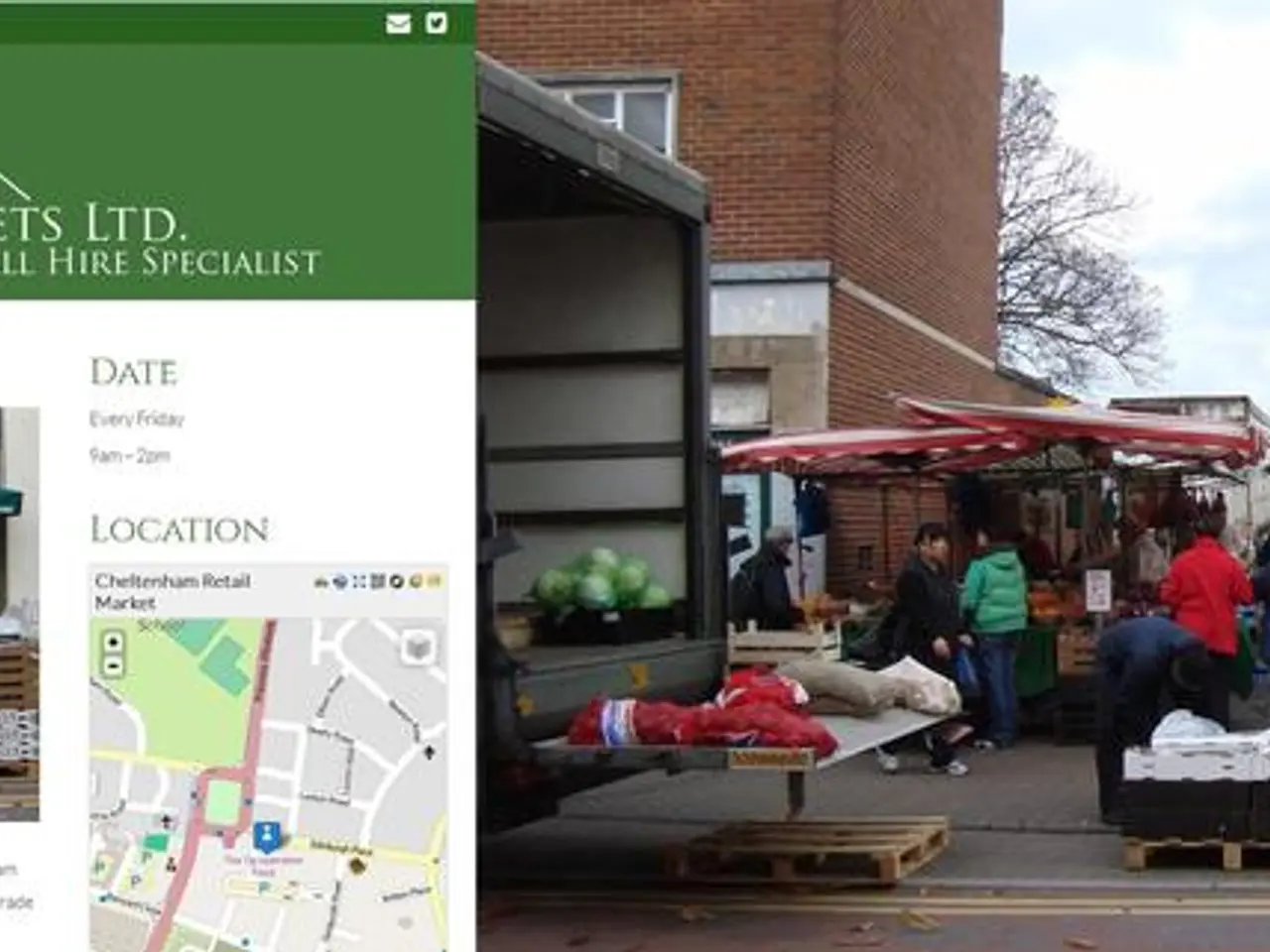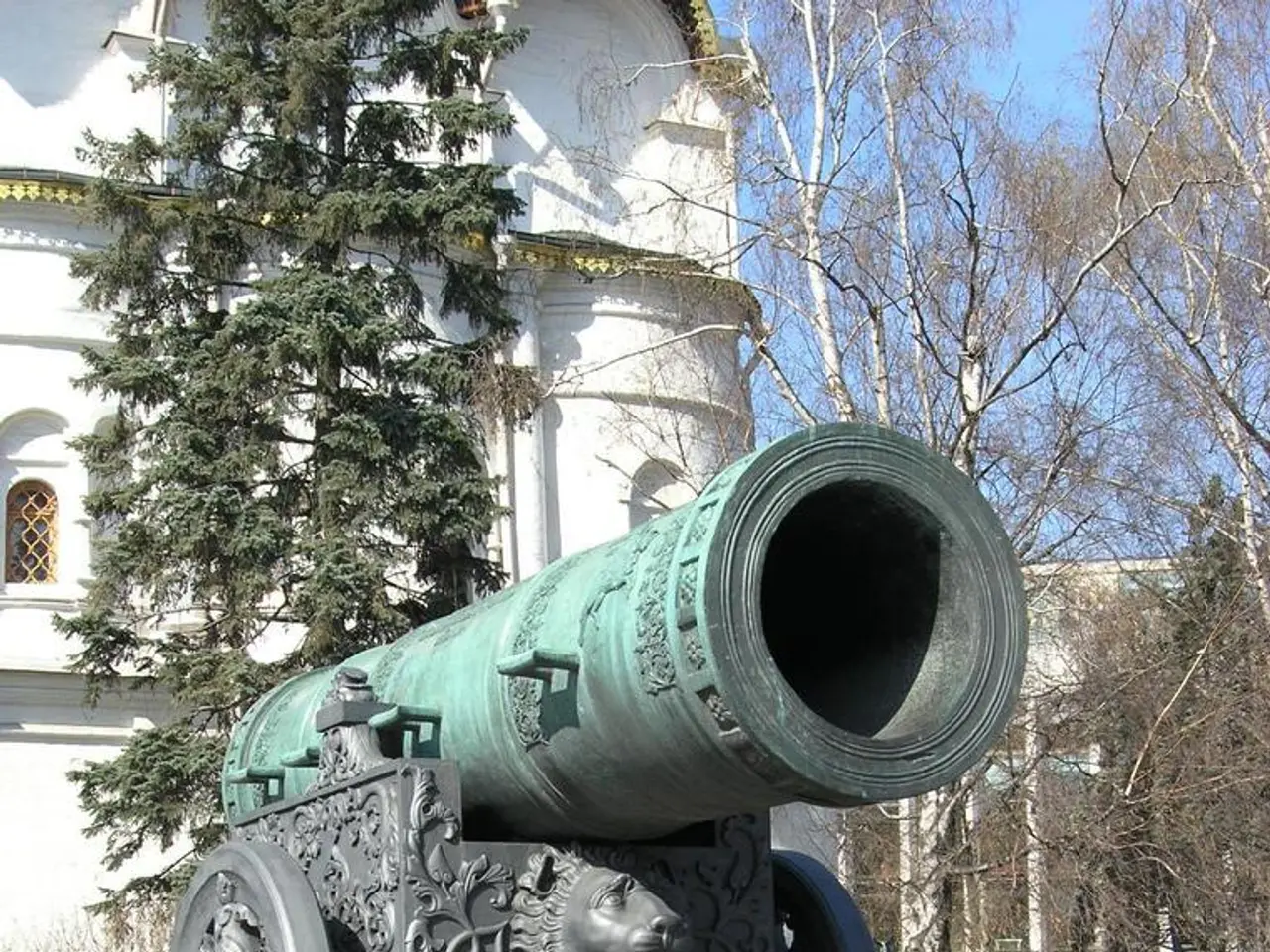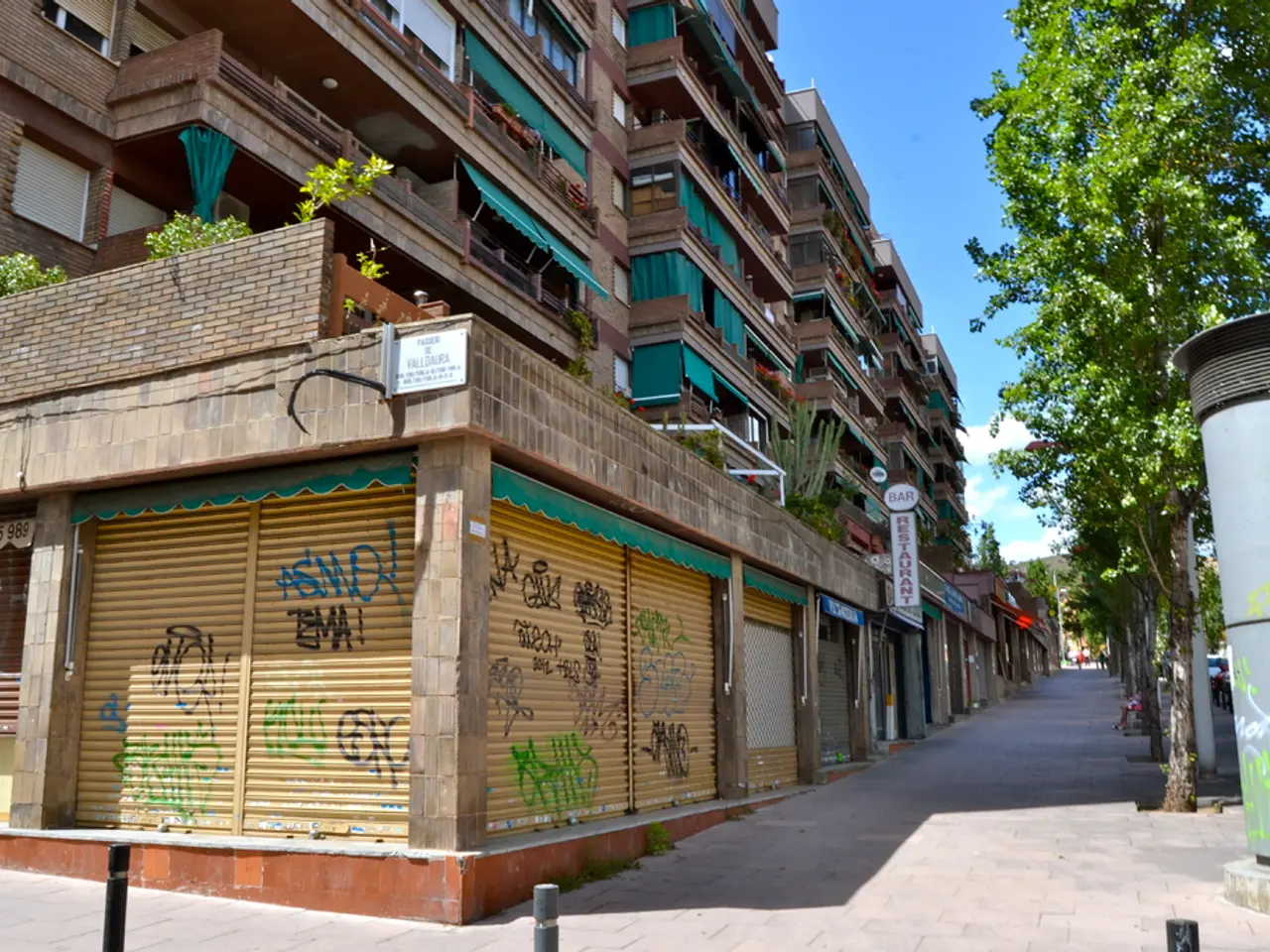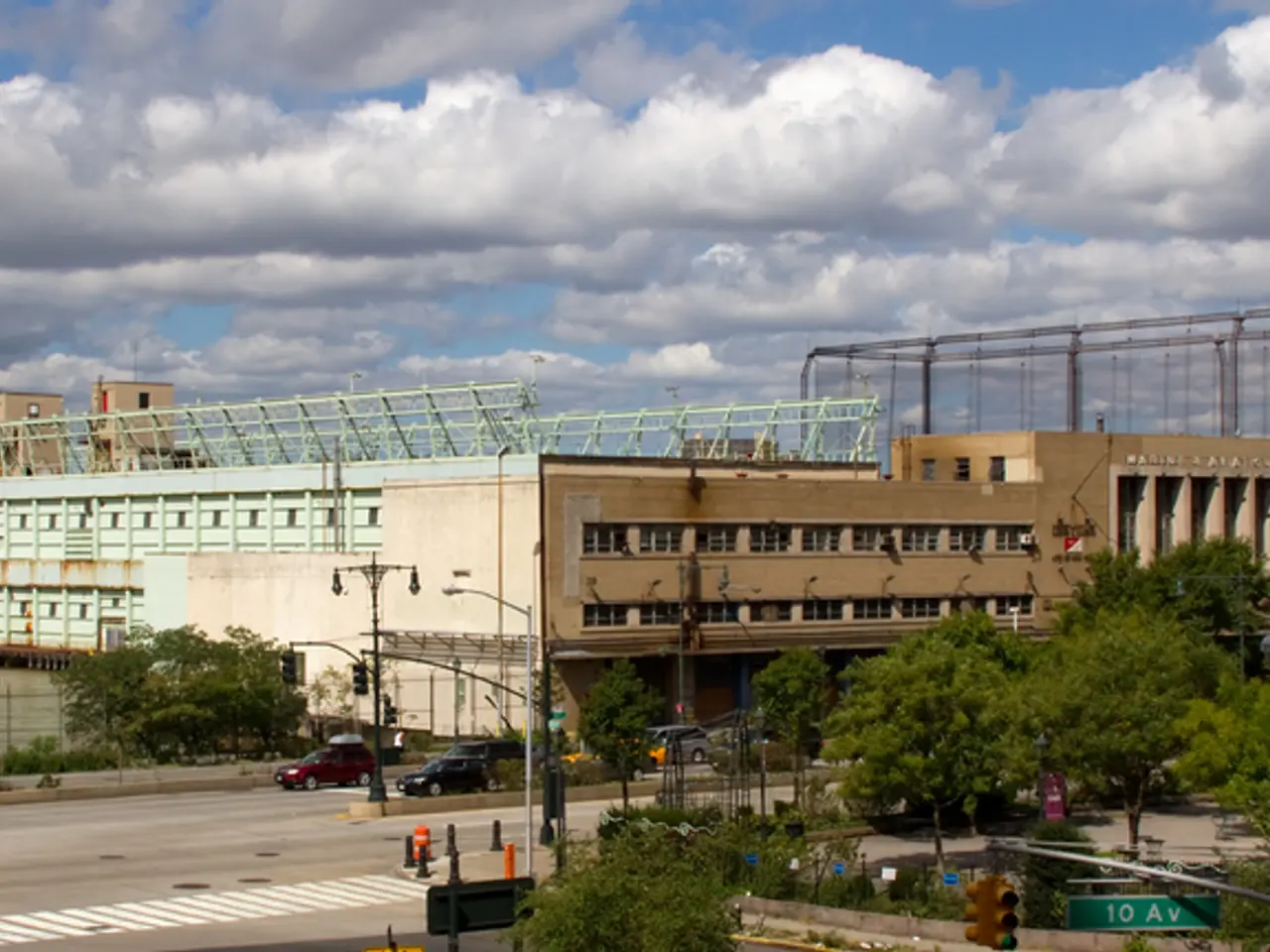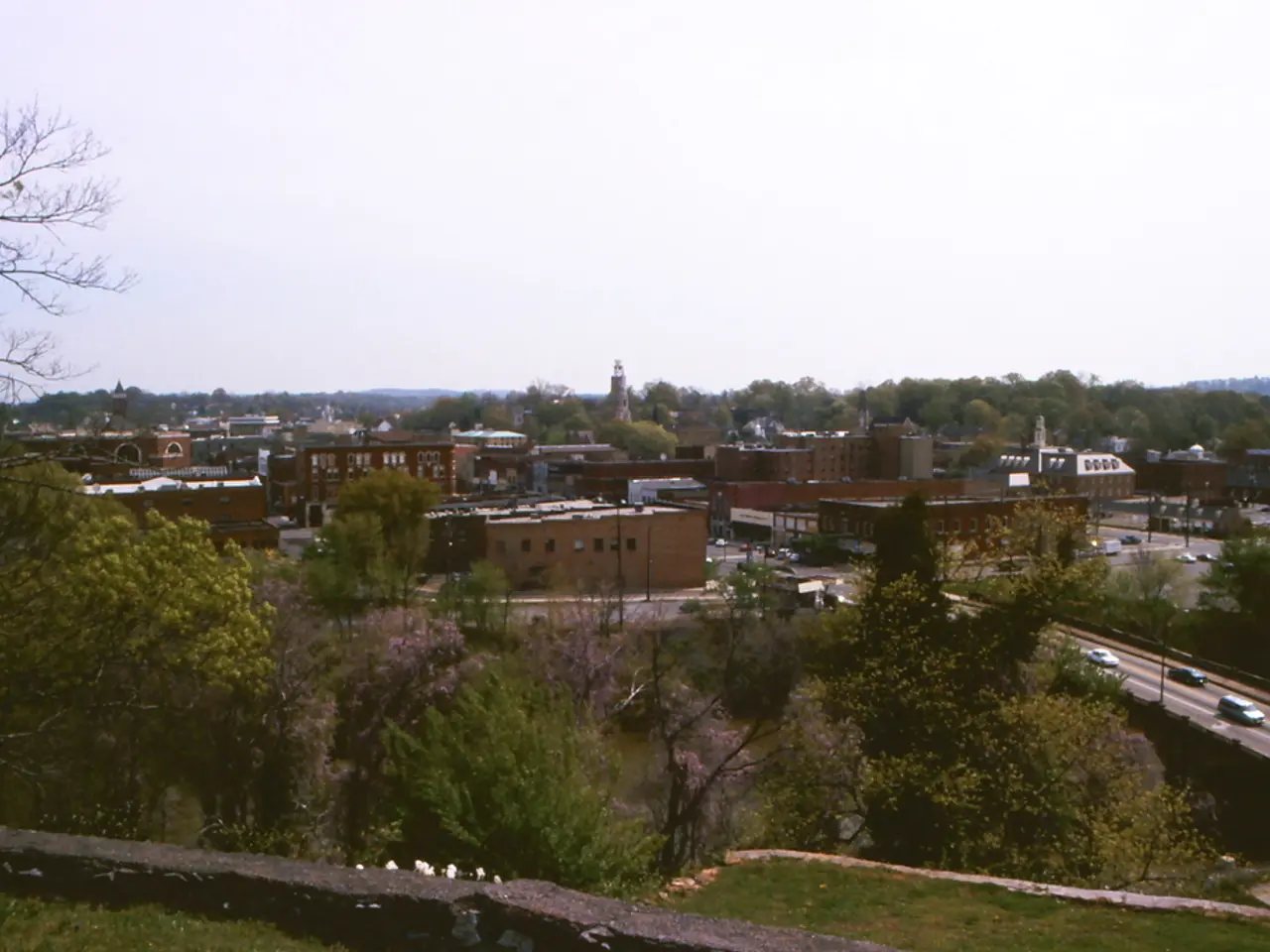Russia's Krasnodar region takes the lead in private home sale prices nationwide.
The Private House Market: Krasnodar Krai Steals the Spotlight
Looks like Krasnodar Krai has stolen the show in the private housing market among regions with million-plus cities this summer season. The region now accounts for an impressive 38% of private housing sales, making it the leading contender in this domain.
According to "Yandex Real Estate", the average price of a private house in Krasnodar Krai reached a whopping 12.1 million rubles in June, with an average living area of about 120 square meters. This figure surpasses the ones in St. Petersburg, where the median price rests at 11.2 million rubles.
While the average price for private houses in Russia has escalated by 12.4% year-on-year, prices in Krasnodar Krai have displayed an impressive stability, with increases not exceeding 0.2% per square meter. The average price per square meter of private property in Kuban is 96,000 rubles, ranking second only after the Moscow region (115,000 rubles) and exceeding numbers in St. Petersburg and the Leningrad region (88,000 rubles).
Analysts attribute this stable high demand for private houses in Krasnodar Krai to its favorable climate, diverse living options ranging from sea coast to mountain regions, developed infrastructure, and spacious houses. Notably, there has been an increase in supply, with the number of houses offered for sale rising by 1.3% over the month.
As a result, Kuban continues to maintain its lead in the private property market, outpacing St. Petersburg and most other regions, including the Rostov region and some Moscow suburbs. Previously, we confused the market in Krasnodar Krai with a crisis, but that seems to be a thing of the past now.
Remember, it's crucial to keep up with the latest news. So, subscribe to our Telegram channel for updates: https://t.me/live_kuban
----
Interestingly, Krasnodar Krai's success in the private house market is not a peculiar case, despite earlier reports suggesting a real estate crisis. Here's why:
- Regional Demand and Market Saturation Dynamics:
- Private Homes: Unlike the apartment market, which faced the brunt of the crisis in saturated cities, the demand for private houses in Krasnodar Krai remains strong due to its unique appeal, such as favorable climate, fertile land, and lower population density.
- Market Saturation: While apartment markets in adjacent areas suffered from saturation or oversupply, Krasnodar Krai's private home segment has remained robust due to sustained demand for spacious, land-based properties.
- National Trends:
- Shift Toward Individual Housing: Russians have been increasingly opting for private homes, especially following the pandemic, as the appeal of suburban living growth along with lifestyle changes.
- Financial Incentives: Banks and developers are responding to this trend by offering more favorable mortgage products and incentives for private home construction, broadening access beyond traditional apartment buyers.
- Construction Growth: The number of commissioned private houses in Russia has seen a sharp increase since 2018, with a significant upswing during the pandemic, and Krasnodar Krai has benefited from this trend due to its geographic and economic advantages.
- Economic and Strategic Adaptation:
- Alternative Market Stability: The secondary housing market has remained stable, albeit with alternative transactions and discounts, while private homes in appealing regions like Krasnodar Krai have continued to grow.
- Developer Focus: Many developers have shifted resources from multi-story apartment projects to the private home segment, responding to market demand and regulatory changes that encourage land development for individual housing construction.
- Furthermore, the booming private housing market in Krasnodar Krai can be attributed to the compelling financial offerings, as banks and developers provide more favorable mortgage products and incentives for private home construction.
- Furthermore, the robust private house market in Krasnodar Krai is part of a larger national trend, with Russians increasingly investing in individual housing, particularly post-pandemic, due to the growth in suburban living and lifestyle changes.
